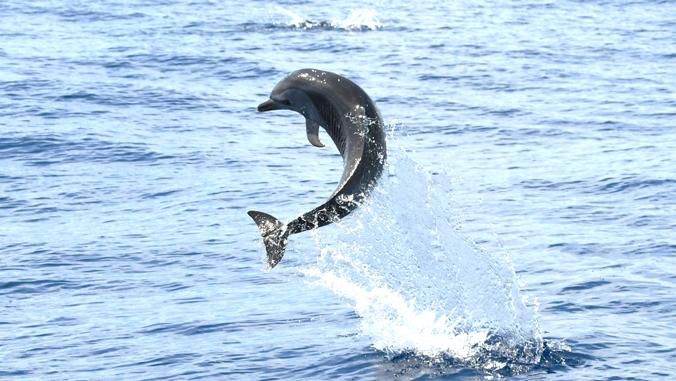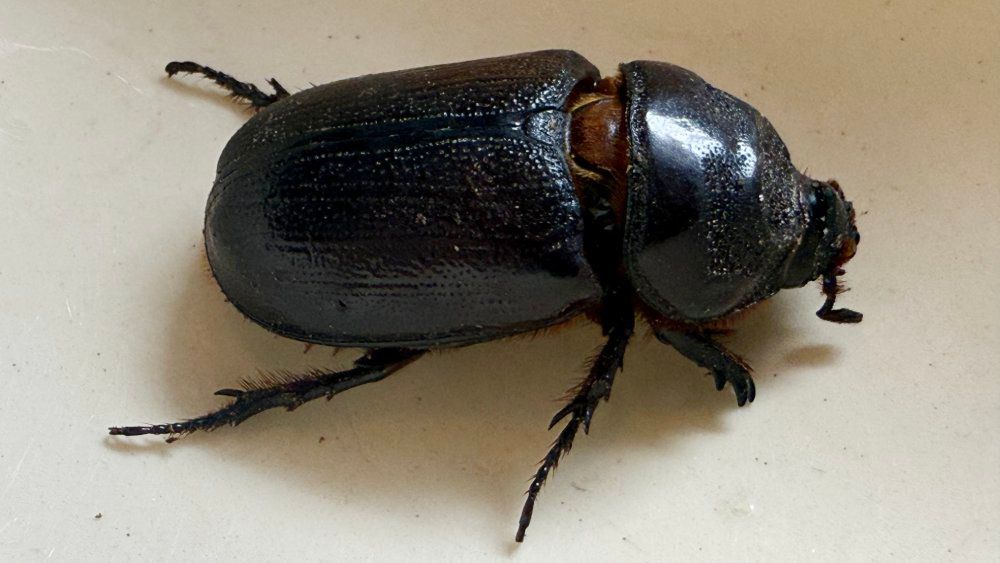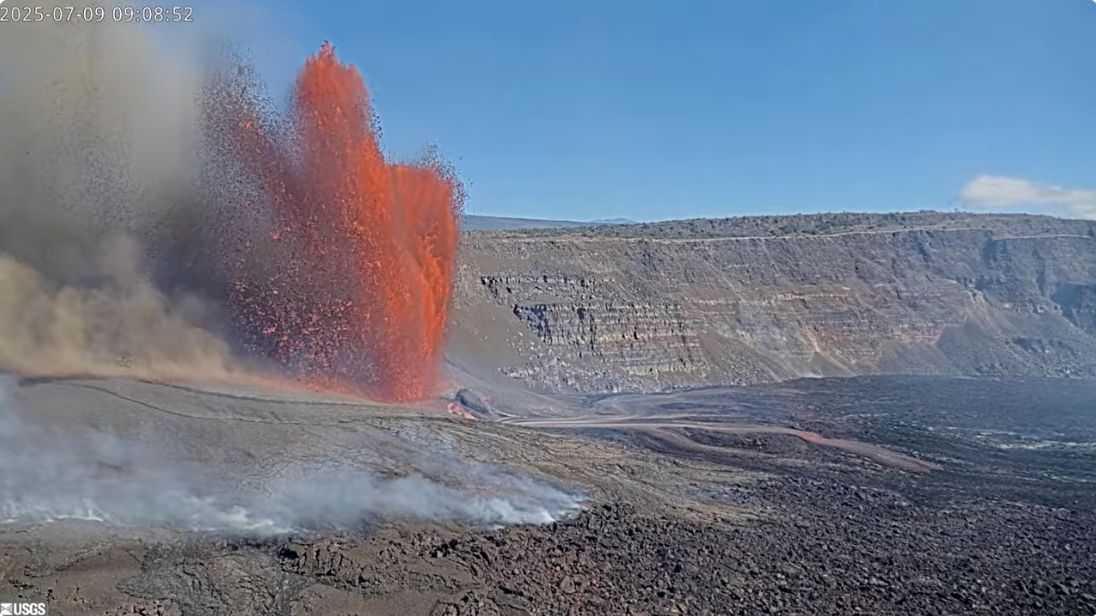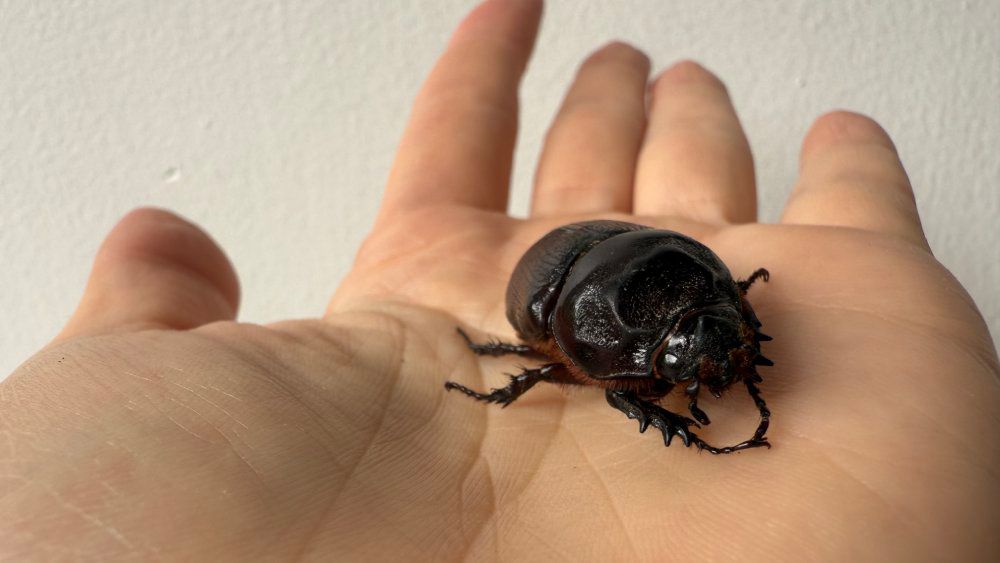HONOLULU — Facial recognition technology can unlock a phone, sort photos, or assist airport security. Now, it can also identify individual dolphins and whales.
A team of researchers led by Philip Patton, a Ph.D. student at the University of Hawaii at Manoa, recently published a paper in Methods in Ecology and Evolution on using facial recognition technology to identify individual whales and dolphins in the wild.
The new technology can identify individuals from 24 different species of whales and dolphins.
“The model that we used in that paper relies on a technique that was originally developed for human facial recognition,” Patton told Spectrum News Hawaii.
The technology was created during an open-source competition that challenged engineers to develop a tool that could individually identify whales and dolphins using an algorithm. The nonprofit Happywhale organized the competition in 2022 through the platform Kaggle. About 1,600 teams competed for the $25,000 prize. The winning team included engineers from Japan, who used existing code from facial recognition software.
With humans, the algorithm uses facial features to recognize individuals. However, with cetacean species, it often uses recognizable marks on the dorsal fin.
“A lot of the time, they'll have little nicks and notches along the fin or the fin will have a distinctive shape,” said Patton.
Other features the technology picks up on may include scarring, pigmentation, or size. The one expectation is the Southern Right Whale, which has “big globs” (aka callosities) on their head, which the technology uses to identify individual whales by looking at their face.
Patton said marine biologists and other experts can identify individual dolphins and whales, but the new technology will help speed up data processing. After a day in the field, a researcher might return with 1,000 images of a dolphin or whale species. Researchers can now feed their images to the algorithm, which will log when and where each individual was seen.
The information may help estimate population size and population trends. Or it may help determine what bays or coastlines individuals frequent. This will help determine management priorities.
“Having an algorithm like this dramatically speeds up the information-gathering process, which hopefully speeds up timely management actions,” said Patton.
Michelle Broder Van Dyke covers the Hawaiian Islands for Spectrum News Hawaii. Email her at michelle.brodervandyke@charter.com.









